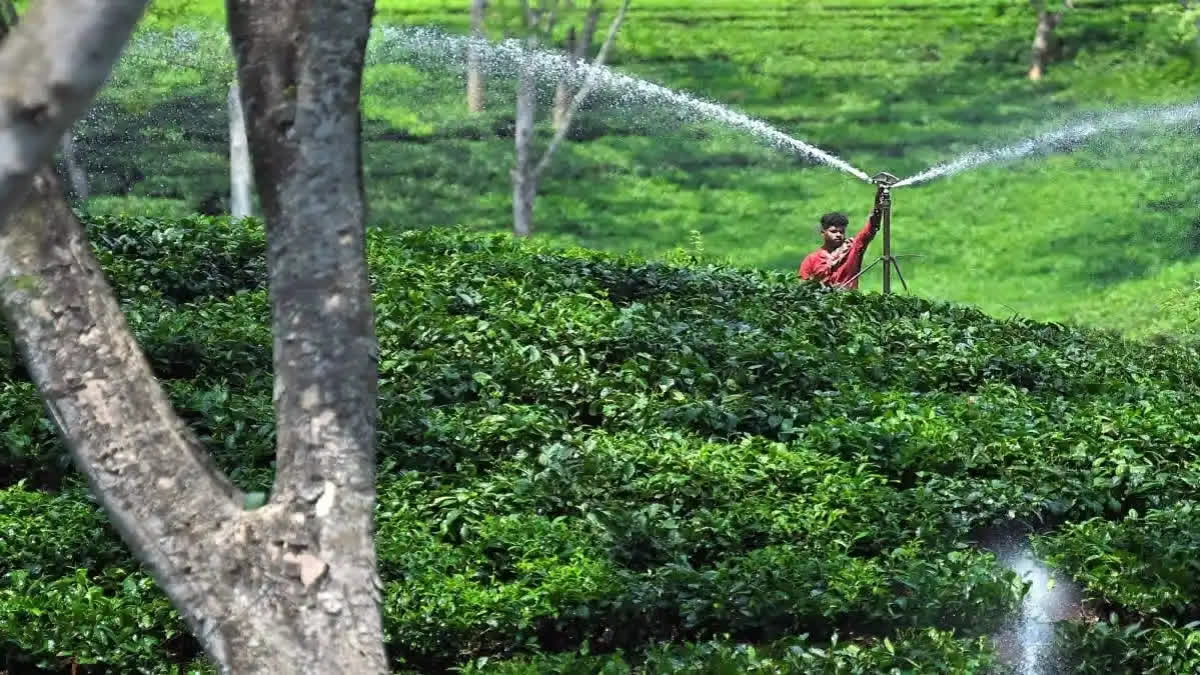New Delhi: The Tea Board of India has admitted that the tea industry in the country faces intense competition from major exporting countries like Kenya and Sri Lanka, as well as low-priced tea producers like Vietnam, Malawi and Nepal among others. Highlighting the challenges faced by the tea industry, the Tea Board representatives in a recent meeting with a Parliamentary Committee have stated that global challenges arising from geopolitical and geo-economic factors, such as the Russia-Ukraine war have been hindering export growth in the tea sector.
“There was a significant decline in tea exports to Iran in recent times. Iran holds strategic importance as a market that historically balanced both export volume and value, particularly for the orthodox tea variety. The tea industry faces intense competition from major exporting countries like Kenya and Sri Lanka, as well as low-priced tea producers like Vietnam, Malawi and Nepal,” the Tea Board official said in the meeting.
The Tea Board representatives also emphasised a significant concern regarding Maximum Residue Limits (MRL) when exporting to the European Union. “Tea exports from the country contain traces of Nicotine, a naturally occurring pollutant. The MRL has been revised from 0.6 mg/kg to 0.5 mg/kg until June 30, 2025. Subsequently, it is set to automatically reduce further to 0.4 mg/kg. This adjustment in MRL is based on the “Exposure assessments” conducted by the European Food Safety Authority (EFSA) in September 2022. Consequently, adhering to the prescribed MRL for “Nicotine” presents challenges for tea exports from the country,” the board official said.
It is worth mentioning that India is the second-largest producer of tea after China and the largest consumer of tea in the world. During 2022-23, the overall tea production reached 1374.97 million kilograms. The predominant share of this production, 88.87 per cent, is attributed to Black CTC Tea, establishing India as the world's leading producer of black tea.
